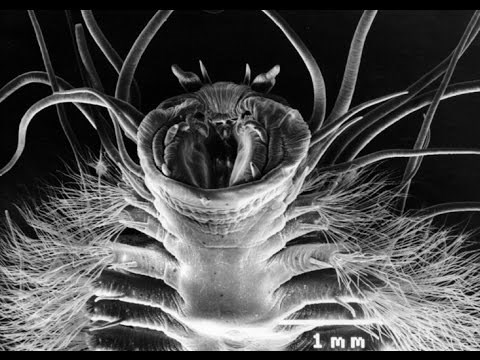Write4U
Valued Senior Member
Seems to me that any mineral sequestration of CO2 would be limited to a one time uptake and saturation event.Now if the same result can be had from a mineral that absorbs CO2 rather than releasing it that would be interesting-----------and, then comes efficiency and cost effectiveness
IMO, an active continual CO2 scrubber can only be found in biology, such as trees which use CO2 for growth, affording a continual uptake of CO2 over many years. Hence the "value" of maintaining healthy forests.
But if you want the most efficient CO2 scrubbing system, soil conditioner, low maintenance biological cash crop, which is ten times more efficient than trees, check out the proven value of the industrial (and medicinal) Cannabis plant. This remarkable plant is able to sequester as much CO2 from the air and soil from one acre of Industrial Hemp, than 10 acres of trees (of any kind)!!!
The Role of Industrial Hemp in Carbon Farming
Industrial hemp has been scientifically proven to absorb more CO2 per hectare than any forest or commercial crop and is therefore the ideal carbon sink. In addition, the CO2 is permanently bonded within the fiber that is used for anything from textiles, to paper and as a building material.
Hemp can be grown on a widespread scale throughout Australia, on nutrient poor soils and with very small amounts of water and no fertilisers. Hemp can be grown on existing agricultural land (unlike most forestry projects), and can be included as part of a farm's crop rotation with positive effects on overall yields of follow on crops. It can therefore comply with the Australian Government’s plans to increase employment and improve the economic position of remote areas. This is especially relevant to the holders of Aboriginal and Torres Strait Islander land.
https://hemp-copenhagen.com/images/Hemp-cph-Carbon-sink.pdfGovernments around the world have realised that this valuable crop is not a threat and have encouraged widespread planting of hemp as a means of absorbing CO2 and have issued carbon credits to farmers growing the crop. Major producers include Canada, France, and China. In Australia the Department of Primary Industry is encouraging the growth of industrial hemp and is issuing licenses to companies and individuals that meet stringent criteria.
Industrial Hemp, Plants
Hemp, or industrial hemp, is a variety of the Cannabis sativa plant species that is grown specifically for the industrial uses of its derived products. It is one of the fastest growing plants and was one of the first plants to be spun into usable fiber 50,000 years ago. Wikipedia

Uses;
Hemp is used to make a variety of commercial and industrial products, including rope, textiles, clothing, shoes, food, paper, bioplastics, insulation, and biofuel.[4] The bast fibers can be used to make textiles that are 100% hemp, but they are commonly blended with other fibers, such as flax, cotton or silk, as well as virgin and recycled polyester, to make woven fabrics for apparel and furnishings. The inner two fibers of the plant are woodier and typically have industrial applications, such as mulch, animal bedding, and litter.
https://en.wikipedia.org/wiki/Hemp[/quote]When oxidized (often erroneously referred to as "drying"), hemp oil from the seeds becomes solid and can be used in the manufacture of oil-based paints, in creams as a moisturizing agent, for cooking, and in plastics. Hemp seeds have been used in bird feed mix as well.[13] A survey in 2003 showed that more than 95% of hemp seed sold in the European Union was used in animal and bird feed.
Last edited:



